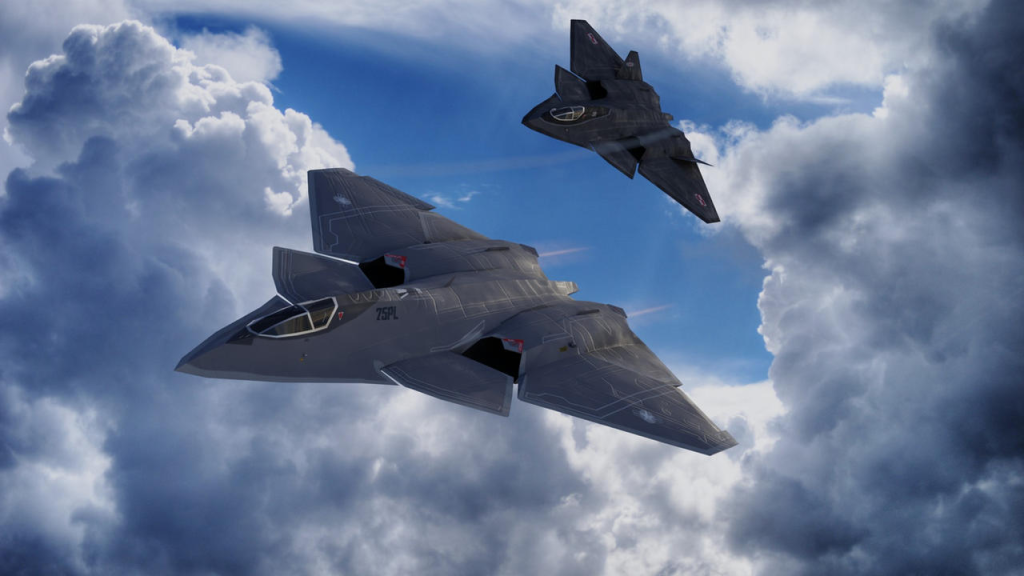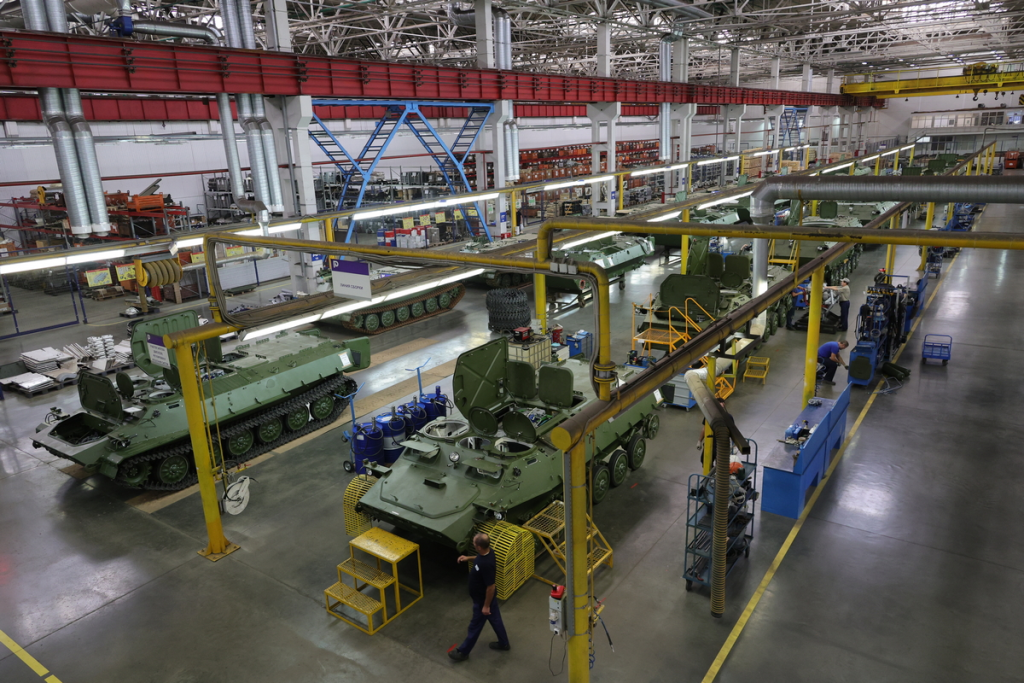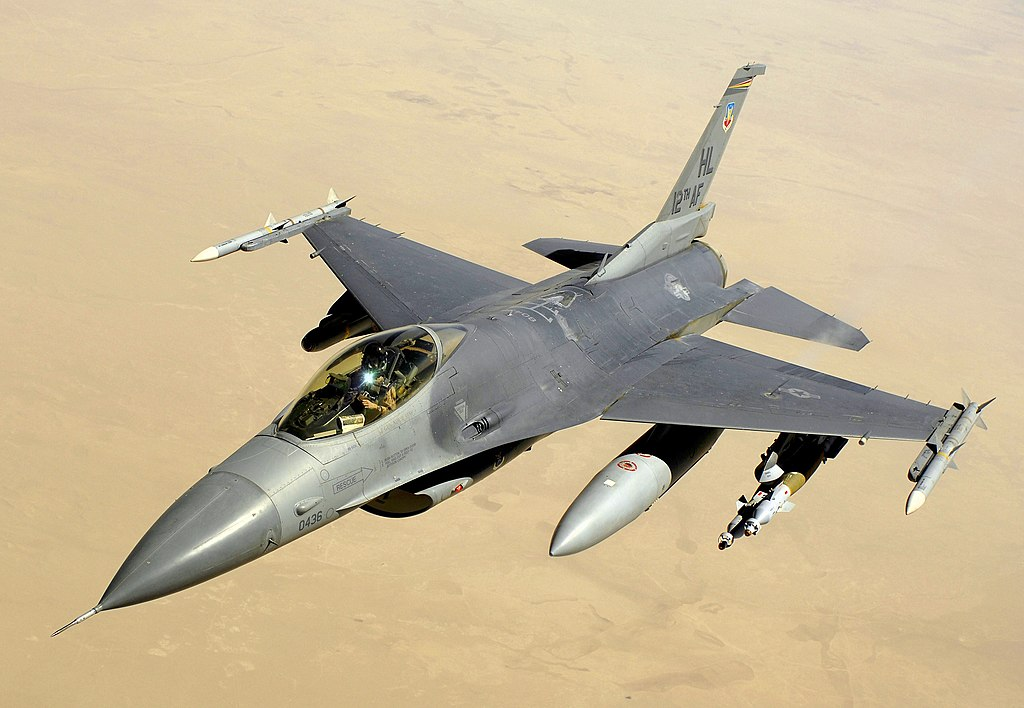
What happens when the world’s most powerful military finds itself ensnared not by enemy action, but by its own fractured planning and industrial contradictions? The 2026 U.S. defense budget, crafted under the Trump administration, has unleashed a wave of uncertainty that reverberates through every branch of the armed forces, with consequences that reach far beyond America’s shores.

1. Structural Fragility and Strategic Incoherence in U.S. Defense Acquisitions
American military technological preeminence has for years been based on a foundation of consistent, coherent acquisition approaches. But beneath this façade, a cycle of programatic failure and doctrinal drift has made the Pentagon vulnerable. The sudden cancellation or wholesale redesigning of key programs Comanche helicopters and FARA, Zumwalt destroyers, OMFV vehicles, and even the partially reduced MQ-25 drone is more than a sign of engineering mistakes. As the International Institute for Strategic Studies noted, “The FY2026 budget structure shows a deep contradiction between stated goals and the means actually being used to attain them.” This strategic incoherence is now augmented by a 2026 budget process characterized by extreme realignments, internal inconsistencies, and a lack of transparency that has alarmed even Republican legislators.

2. Branch-Specific Program Disruptions and Industrial Impacts
Every service branch has its own array of shocks. The U.S. Air Force, for example, has had its F-35A buy cut in half from 48 to only 24 aircraft for FY2026. That’s more than a numbers cut; it jeopardizes the industrial base at Lockheed Martin’s Fort Worth plant, raises per-unit costs, and undercuts the USAF’s long-term force structure objectives. Sixteen former four-star generals and six former Chiefs of Staff signed a unprecedented collective letter warning, “We believe such reductions will severely and unnecessarily undermine our service members’ ability to deter, and if necessary, prevail in future conflicts” at a time of increasing tension across the globe.

In addition, the scrapping of the E-7 Wedgetail airborne command system in favor of the lesser-capable E-2D Hawkeye has generated intense criticism. As the generals pointed out, “The E-2 cannot accomplish combatant command needs for airborne command and control theater-wide… The alternative being proposed… is simply not adequate to the task that must be accomplished.” The Army, even as it continues to fund flagship modernization projects like FLRAA and the M1E3 tank, has suspended the M10 Booker program with no warning, removing a gap in infantry support missions and alarming both manufacturers and operational units.

3. The Next Generation Air Dominance (NGAD) F-47: Promise and Peril
The NGAD F-47, said to be the linchpin of the Air Force’s future air supremacy, is a perfect example of promise and danger. As reported by Andrew Hunter, then Assistant Secretary of the Air Force for Acquisition, “the F-47, now contracted for development, is ‘Increment 1,’ with the program constructed around the premise that there will be future increments after this” and that Boeing’s design was ‘bolder and more innovative’. However, the program’s estimated unit cost $160 million to $300 million raises valid concerns regarding affordability and exportability. As then-Secretary Frank Kendall explained, “I would be very surprised if any of our partners were willing to pay that unit cost for a new aircraft.” The rush to do it fast and produce it by 2028, condensed to accommodate today’s presidential term, threatens to replicate the cost overruns and technical difficulties that afflicted the F-35 in its early years.

4. The Golden Dome Missile Defense: Engineering Ambition vs. Feasibility
The Golden Dome plan, a $175 billion effort to build a layered missile defense system combining land, sea, and space-based interceptors, is typical of the administration’s emphasis on attention-grabbing programs. President Trump stated, “we have officially selected an architecture for this state of the art system that will deploy next-generation technologies across the land, sea, and space, including space-based sensors and interceptors.” But technical experts warn against caution. Patrick Binning, a space systems engineer, says, “The challenge is speed. These initial stages last only 10 to 20 minutes, and decisions have to be made in seconds… That needs to be supported by a sophisticated network of space-based sensors, automated data processing, and secure global communications” to prepare for a response before it’s too late. The prospect of fielding such a system on a three-year schedule is questionable, with estimates as high as $175 billion to $500 billion and key engineering challenges still remaining.

5. Naval Shipbuilding: Industrial Base Under Strain
The Navy’s plans to achieve a 355-ship fleet by 2035 are undercut by the lack of new contracts for Arleigh Burke destroyers, Constellation frigates, and Virginia-class submarines in the 2026 budget. Senator Dan Sullivan’s scolding “How can you say you are going to rebuild the Navy and not order a single ship in 2026? This is not inconsistency, this is masked abandonment” reflects the anger in Congress. The industrial base, already eroded over decades of consolidation and shareholder-managed risk aversion, now hangs by a thread. As explained in a recent examination, “Over the last half-dozen years, only about a quarter of operating net cash generated at General Dynamics and HII has been reinvested in spending on capital. The majority has gone to fund dividends, repurchase shares, or invest in business deals beyond naval shipbuilding” which leaves shipyards unready for spikes in demand.
Australia’s $4.6 billion commitment to U.S. shipbuilding as part of the AUKUS submarine deal highlights the international stakes. But with U.S. submarine construction running at half the necessary rate, even allied contributions might not be enough to fill the gap. As Vice Admiral Jonathan Mead detailed, This contribution will help uplift the US submarine industrial base capacity and accelerate sustainment and production to enable the delivery of Virginia class submarines to Australia.

6. Budget Uncertainty and the Strategic Balance Between the U.S. and China
The unpredictability of the 2026 budget has not escaped America’s allies or competitors. The AUKUS submarine pact, meant to be a cornerstone of Indo-Pacific deterrence, was suddenly put on hold, jolting Canberra and London. The incident pointed to a deeper concern: the fate of key alliance programs now depends on presidential caprice instead of lasting strategic consensus. As Politico reported, President Trump’s “personal intervention” was necessary to save the deal, only to have follow-up statements sow additional confusion.
China, on the other hand, pushes ahead with disciplined reliability. The People’s Liberation Army continues to deliver new ships, planes, and missiles on schedule, backed by clear doctrine and secure funding. Each bout of American unpredictability is a strategic gain for Beijing, undermining U.S. credibility and unity among allies.

7. Engineering and Industrial Impacts: A System Under Strain
The combined impact of all these disruptions is a military-industrial system increasingly characterized by volatility and short-termism. Defense producers, with unpredictable procurement patterns, are reducing investment and R&D. Lockheed Martin, for instance, has accelerated sales efforts to European and Asian customers to maintain F-35 production in the face of U.S. order cuts. The Navy’s shipbuilding base, depleted by decades of shareholder-imposed austerity, is now finding it difficult to recruit and hold onto the skilled workers required for a surge in submarine and surface combatant output.
While the high-visibility new programs of Golden Dome and the F-47 are prioritized, legacy system modernization and supply chain strength are being sacrificed. Money available for essential maintenance the refurbishment of F-16s and overhauls of Arleigh Burke destroyers is flat or decreasing, endangering readiness in the near term.

The Pentagon’s own climate mirrors this uncertainty. As one program manager whispered, “We no longer know whether to persuade with facts or slogans.” Sixteen retired Air Force generals shared this concern, warning, “The Air Force today is the oldest, the smallest, and the least prepared it’s ever been in its entire history.”
The 2026 defense budget, which on paper contains a record $960 billion topline, may betoken strength. But its hidden disjointedness, politicization, and creation of discontinuities vulnerability places the American military enterprise at risk from a new form of erosion one that erodes away the connective tissue of technological advantage, industrial resilience, and allied confidence. As China proceeds with steady, deliberate intent, America risks its greatest weakness not being a shortage of resources, but a loss of strategic coherence.

